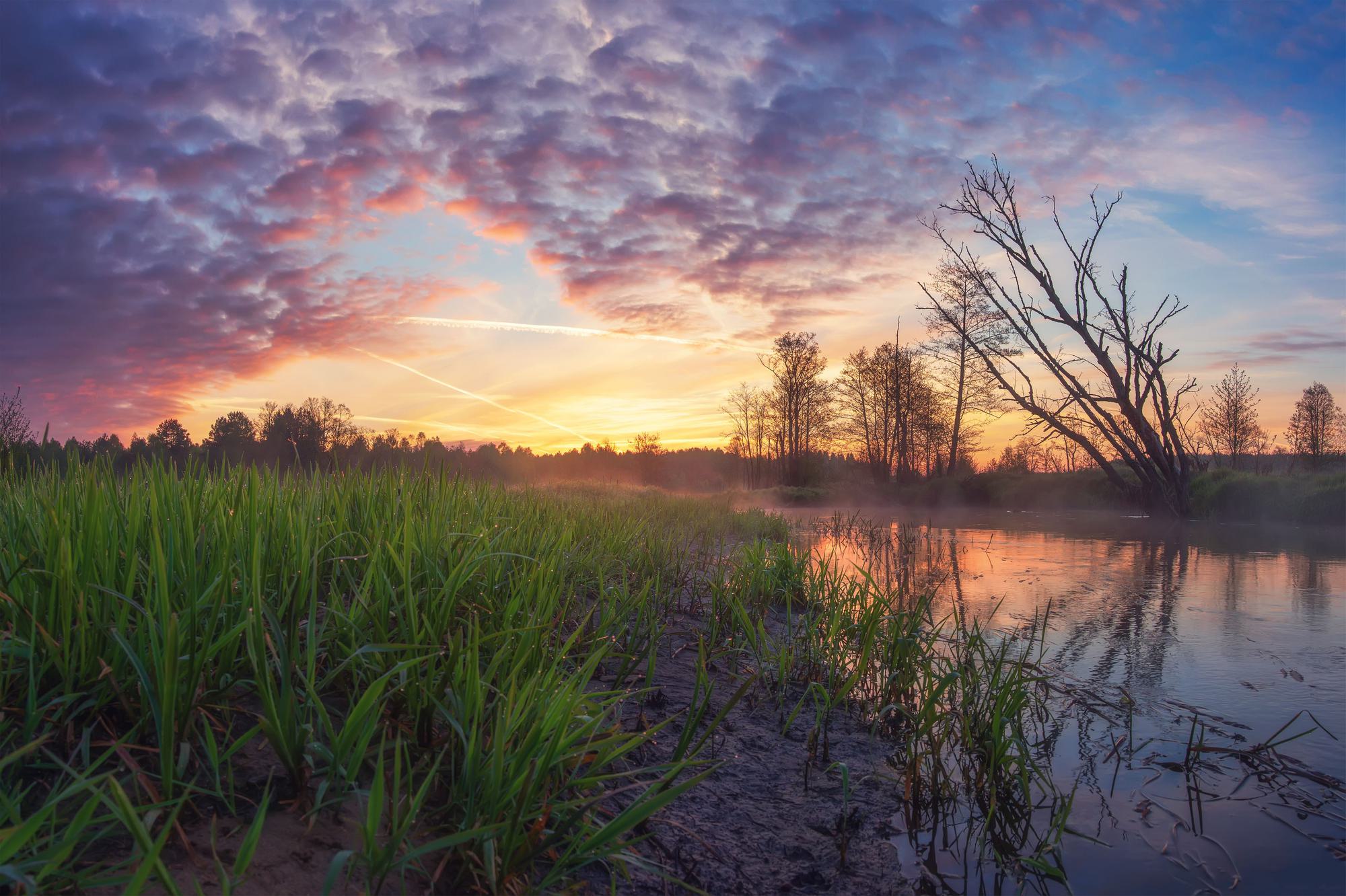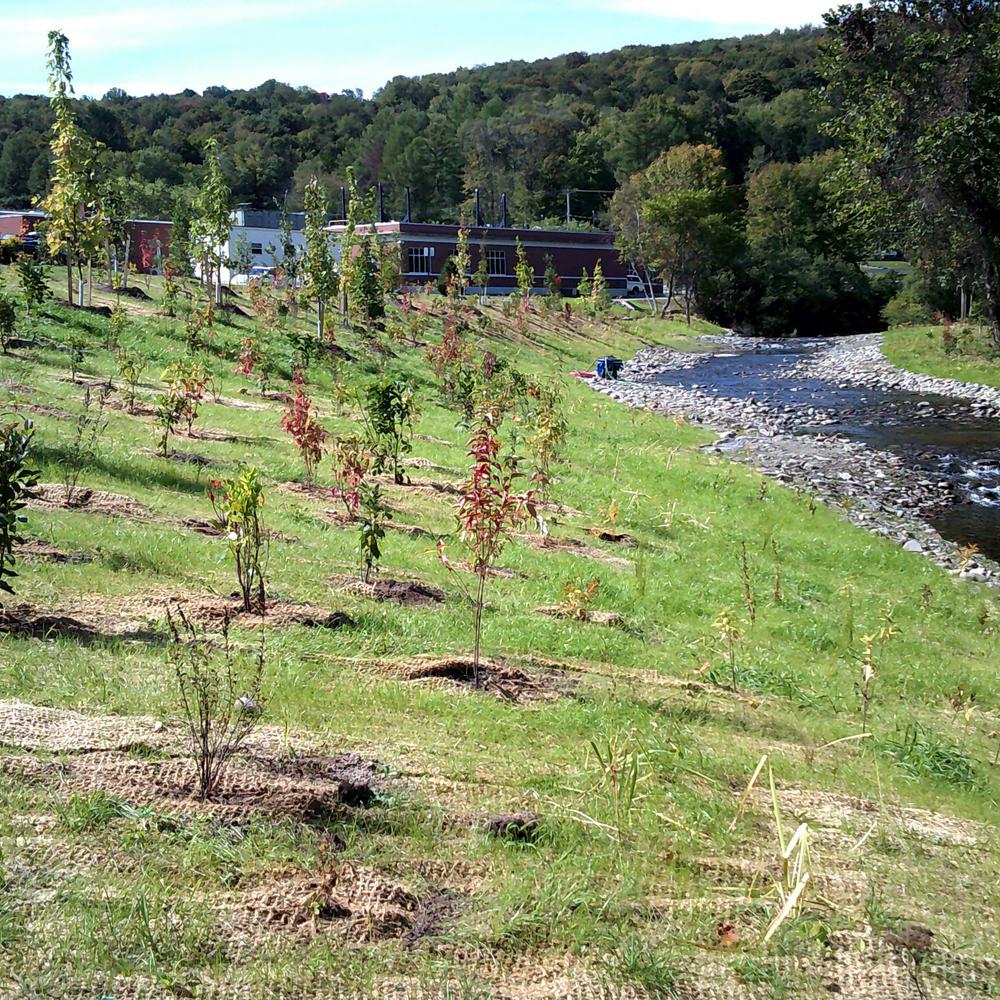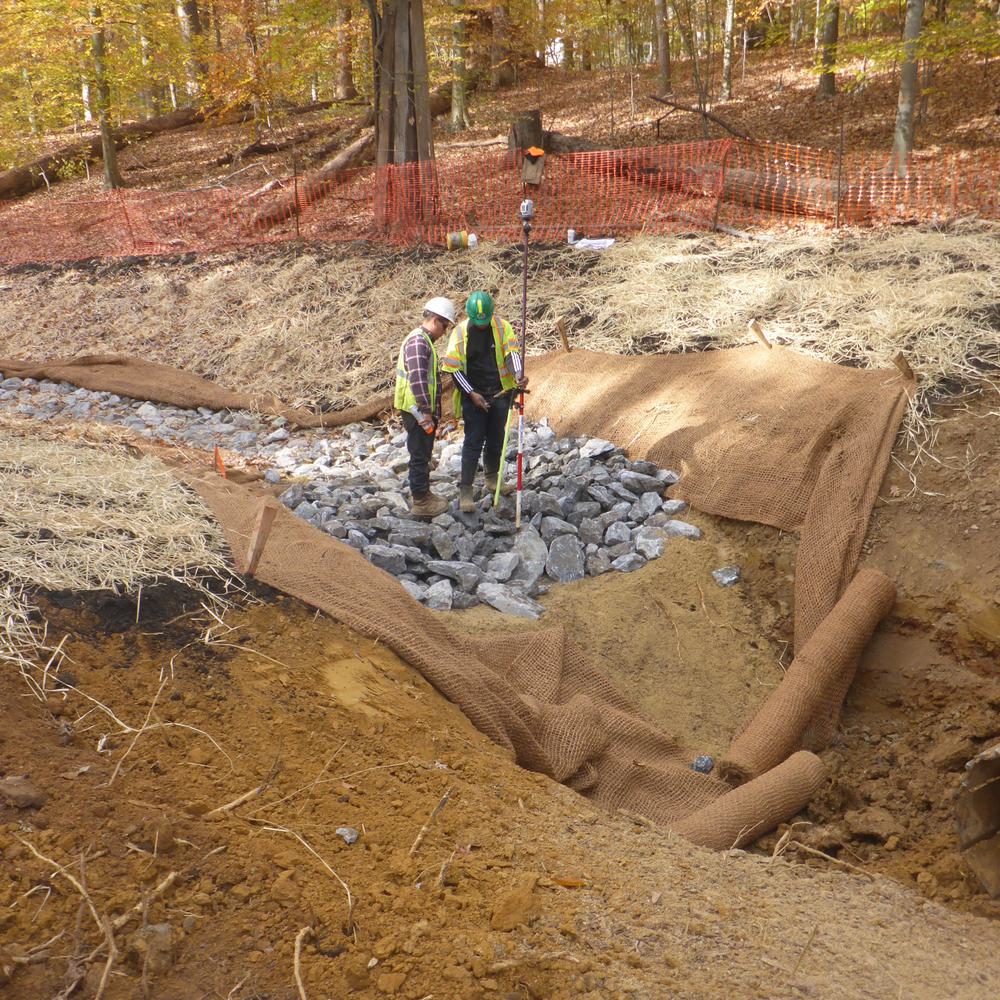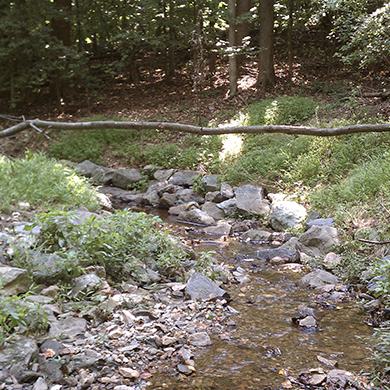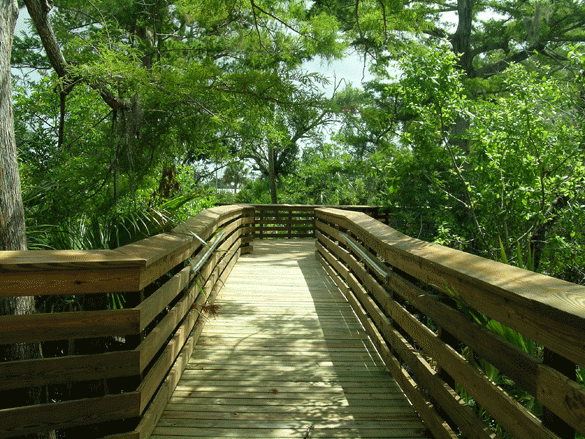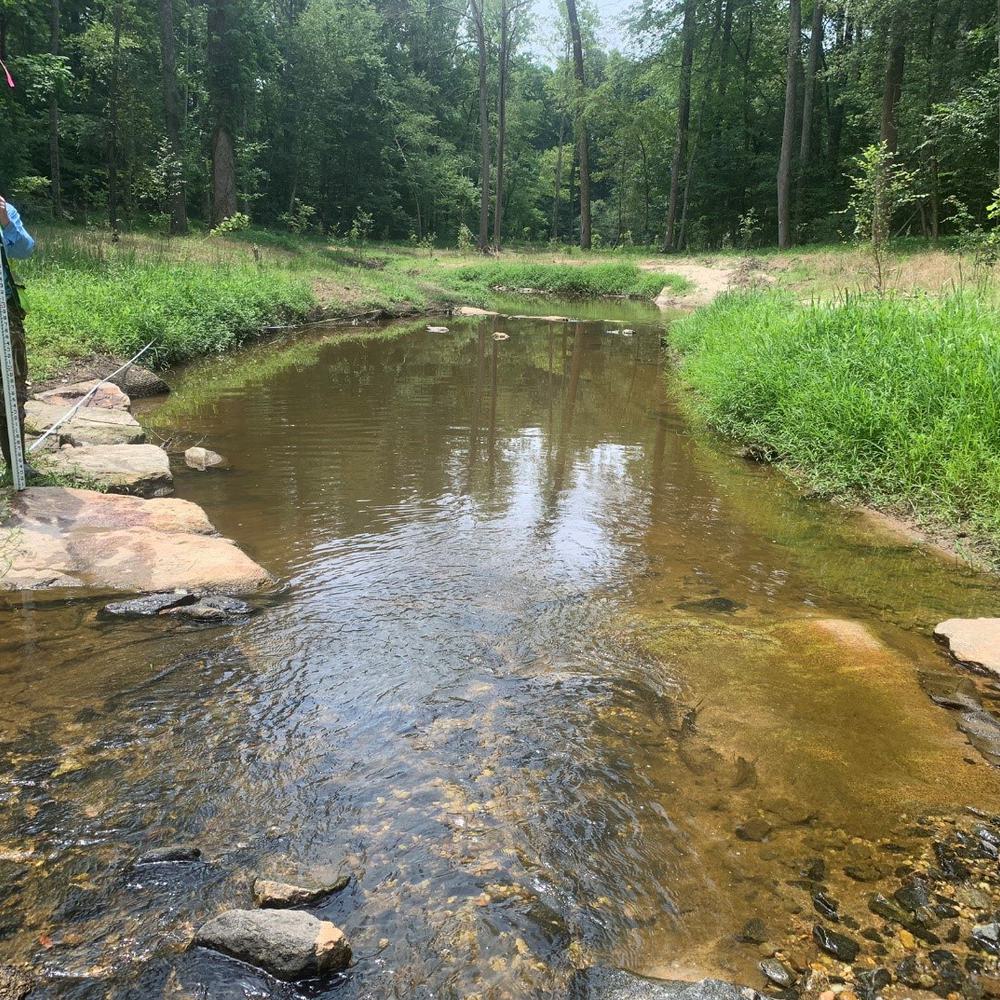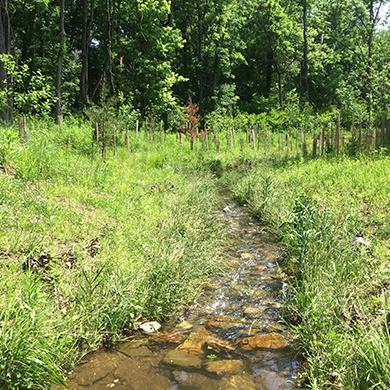Stream Restoration

Tim Schueler, Hazen's leading stream restoration engineering, stormwater BMP, and wetland delineation expert.
Stream restoration stabilizes riverbanks, reconnects floodplains, reduces nutrient and sediment pollution loads, and improves aquatic and stream valley habitat. It can offset the impacts of stream and infrastructure conflicts, contribute more balanced ecosystems and sustainable wildlife habitat, and restore impaired waterways to a healthier state.

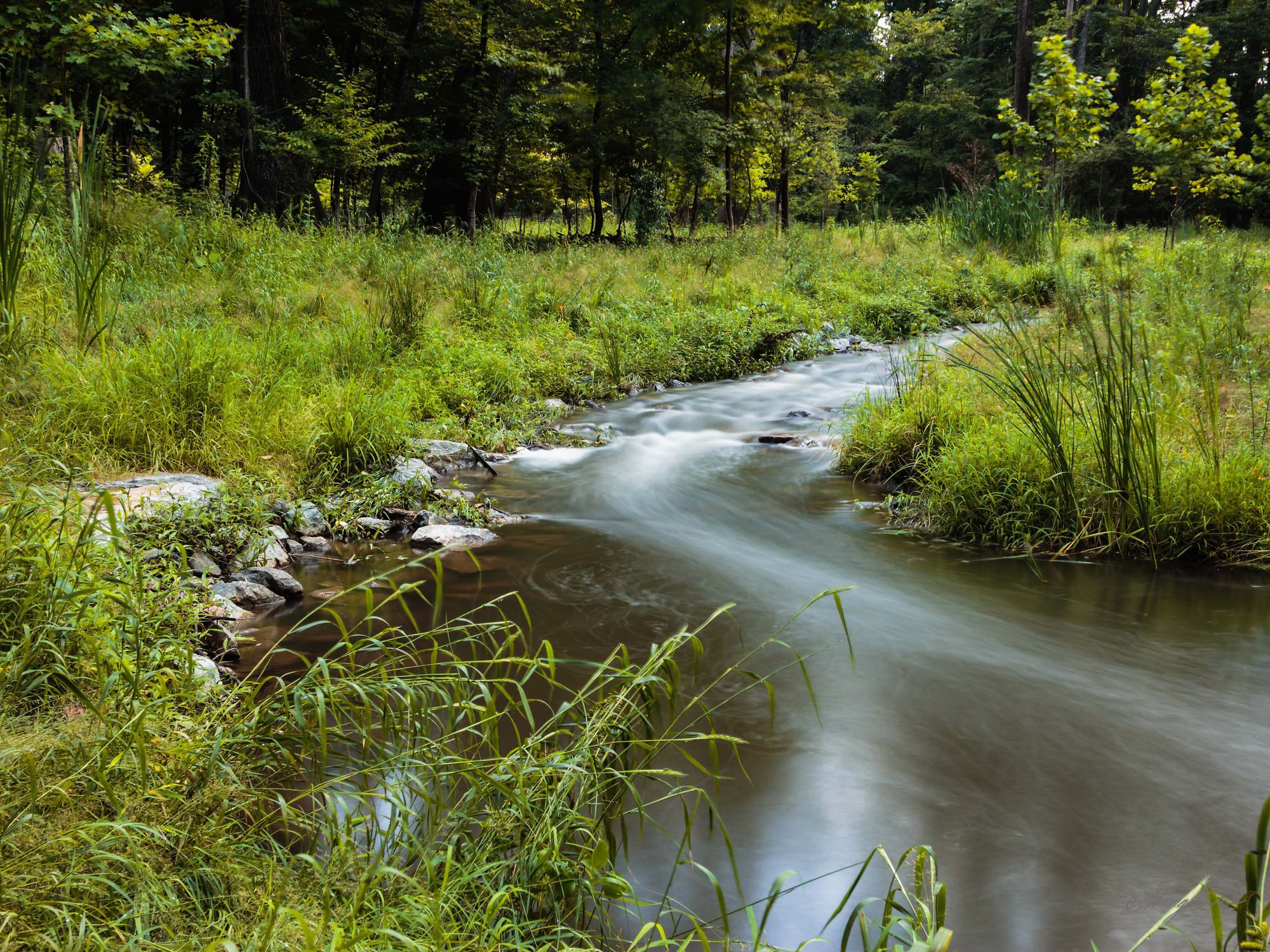
Enhance Water Quality and
Environmental Benefits
Hazen's award-winning stream valley restoration team specializes in reestablishing degraded stream channels, bank stabilization, floodplain wetlands, and riparian habitat. We also have broad experience with innovative best management practices for control of polluted stormwater runoff, urban watersheds, daylighting, and natural area planting plans. Our restoration practices emphasize natural channel design and long-term sustainability.
Stream and river restoration measures benefit communities and ecosystems in many ways ̶ by transforming impaired waterways, reducing flood risk, and enhancing water quality. Our stream restoration experts will provide you with clear direction for the wise use of onsite resources, critical asset protection, and maximum ecological uplift in your community.
Our Work
Stream and river restoration measures benefit communities and ecosystems in many ways - by transforming impaired waterways, reducing flood risk, and enhancing water quality. Our stream restoration experts will provide you with clear direction for the wise use of onsite resources, critical asset protection, and maximum ecological uplift in your community.
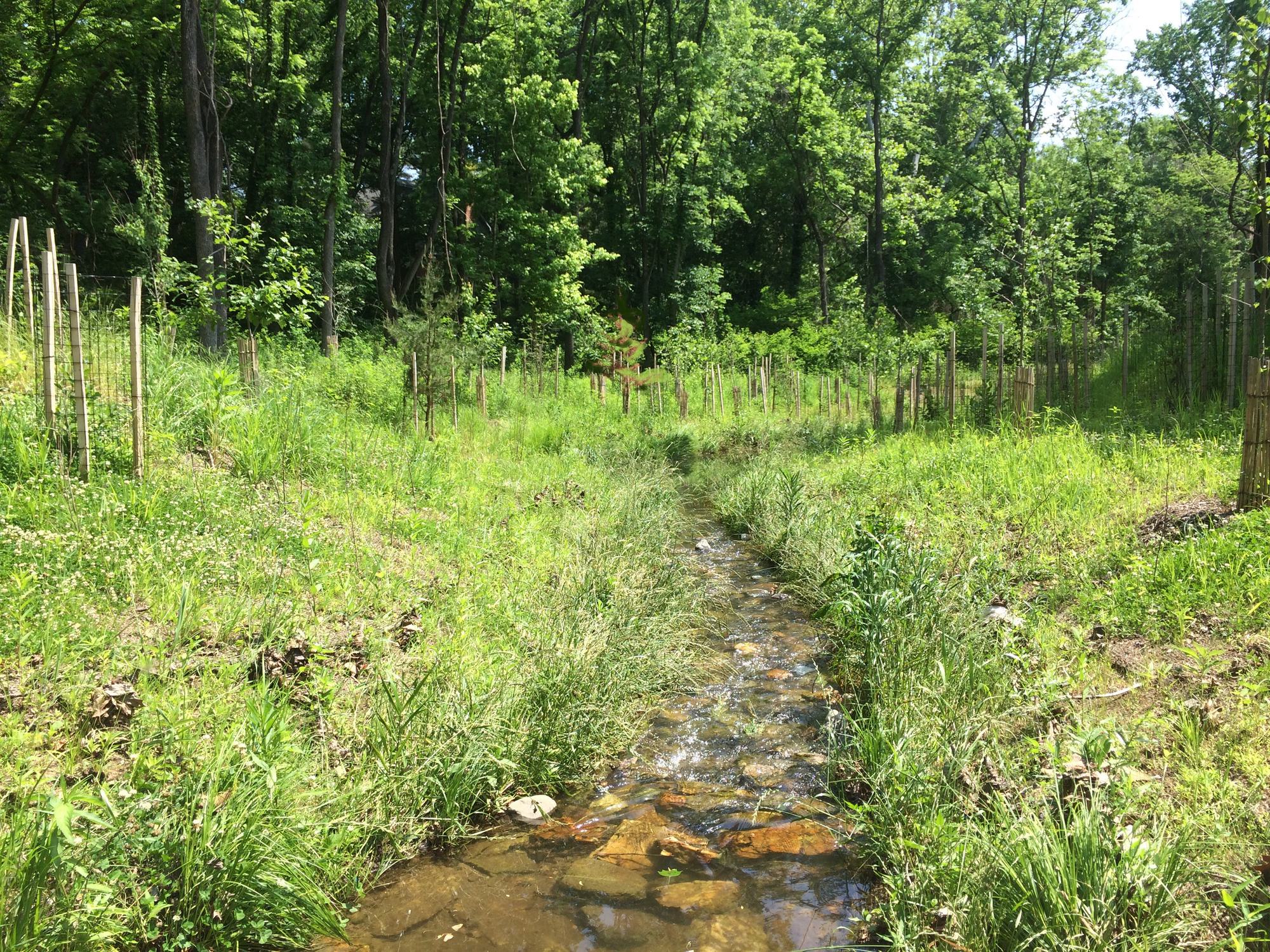
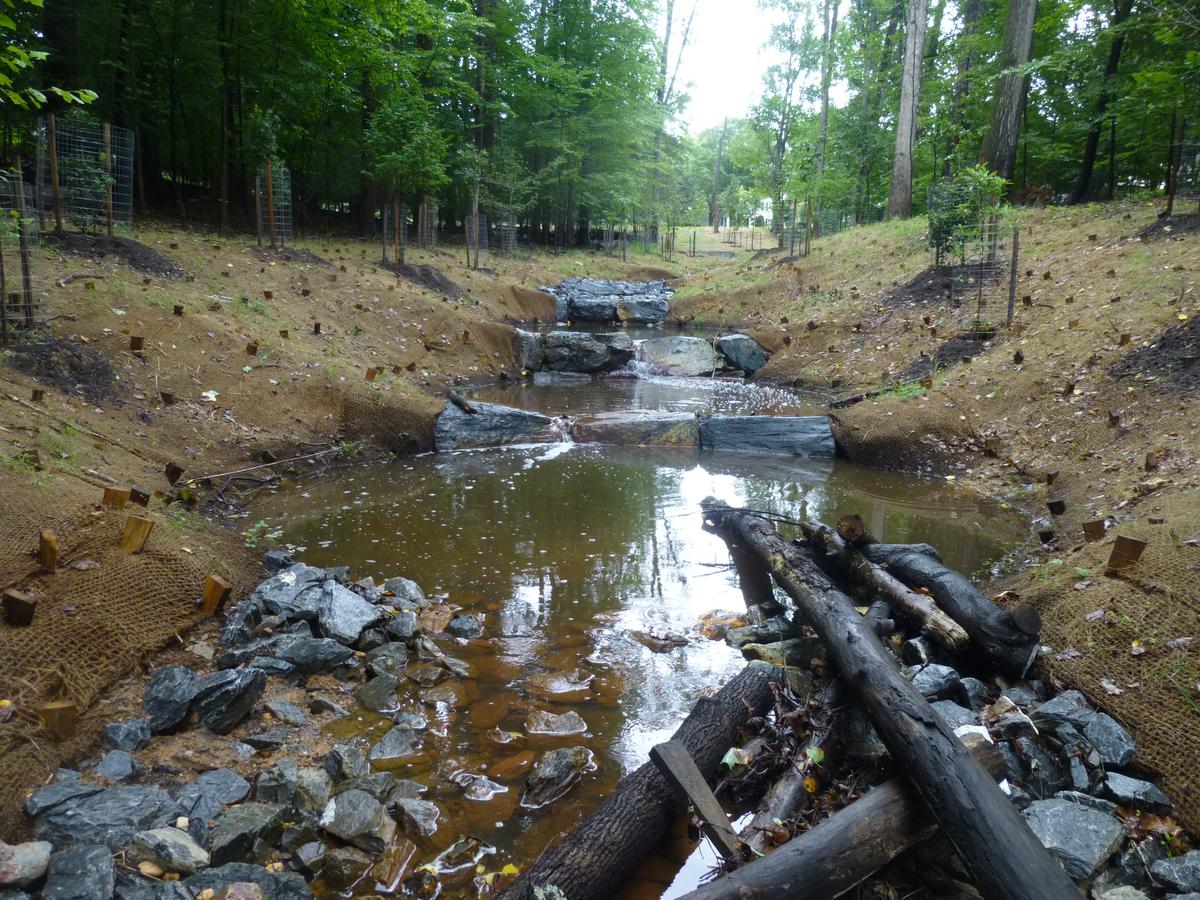
For the Upper Watts Branch Forest Preserve Stream Restoration, we designed 2,066 feet of stream restoration, including repair of three failing stormwater outfalls and the protection of exposed sanitary assets, through an interactive public task-force process.
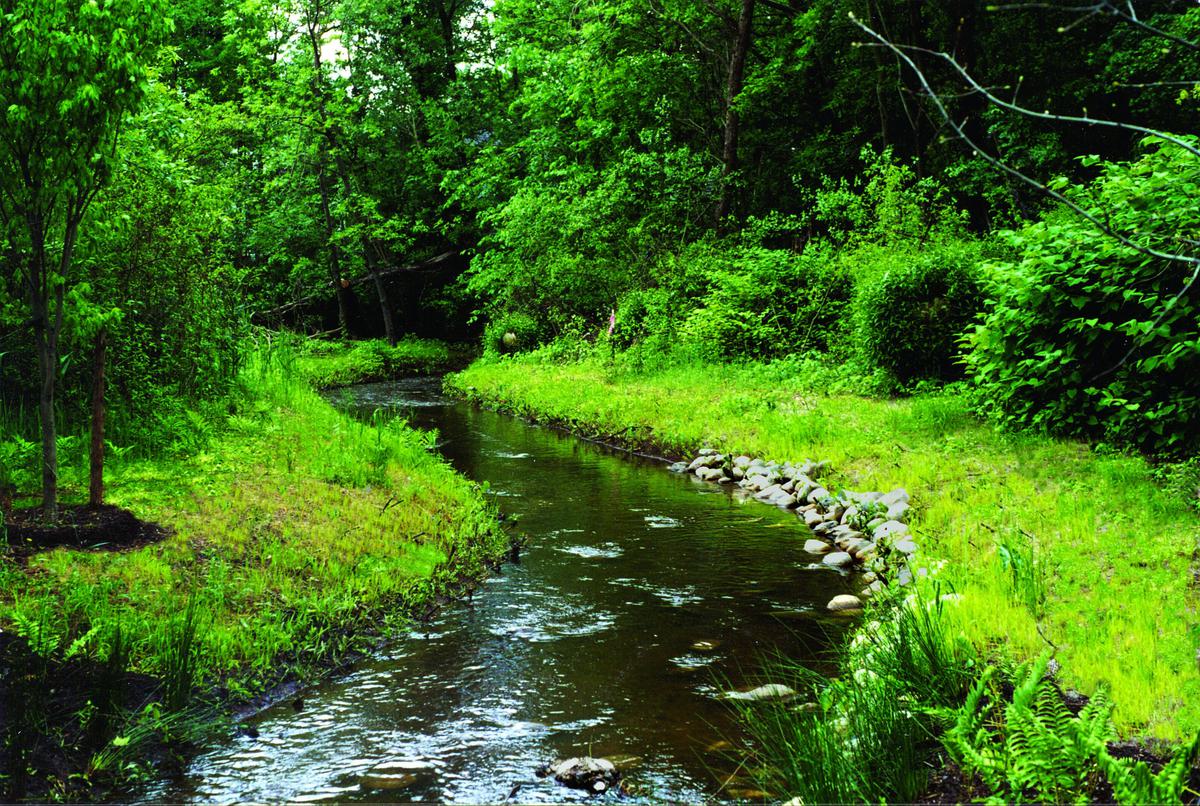
As part of the Staten Island Bluebelt, we designed the restoration of a 200 linear foot segment of the Sweet Brook stream and the creation of a new 500 linear foot stream segment.
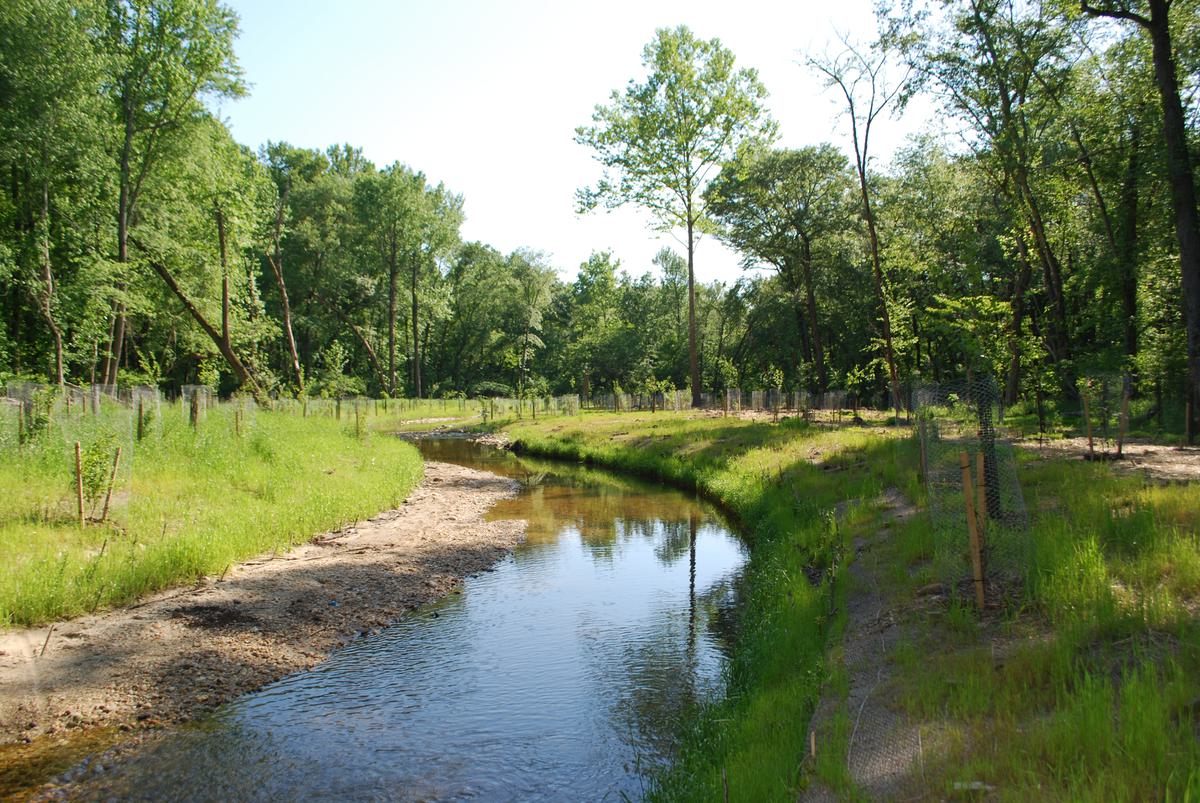
This stream was relocated to protect sanitary sewer and promote aquatic uplift as part of the Washington Suburban Sanitary Commission’s Piscataway Creek sewershed rehabilitation program.
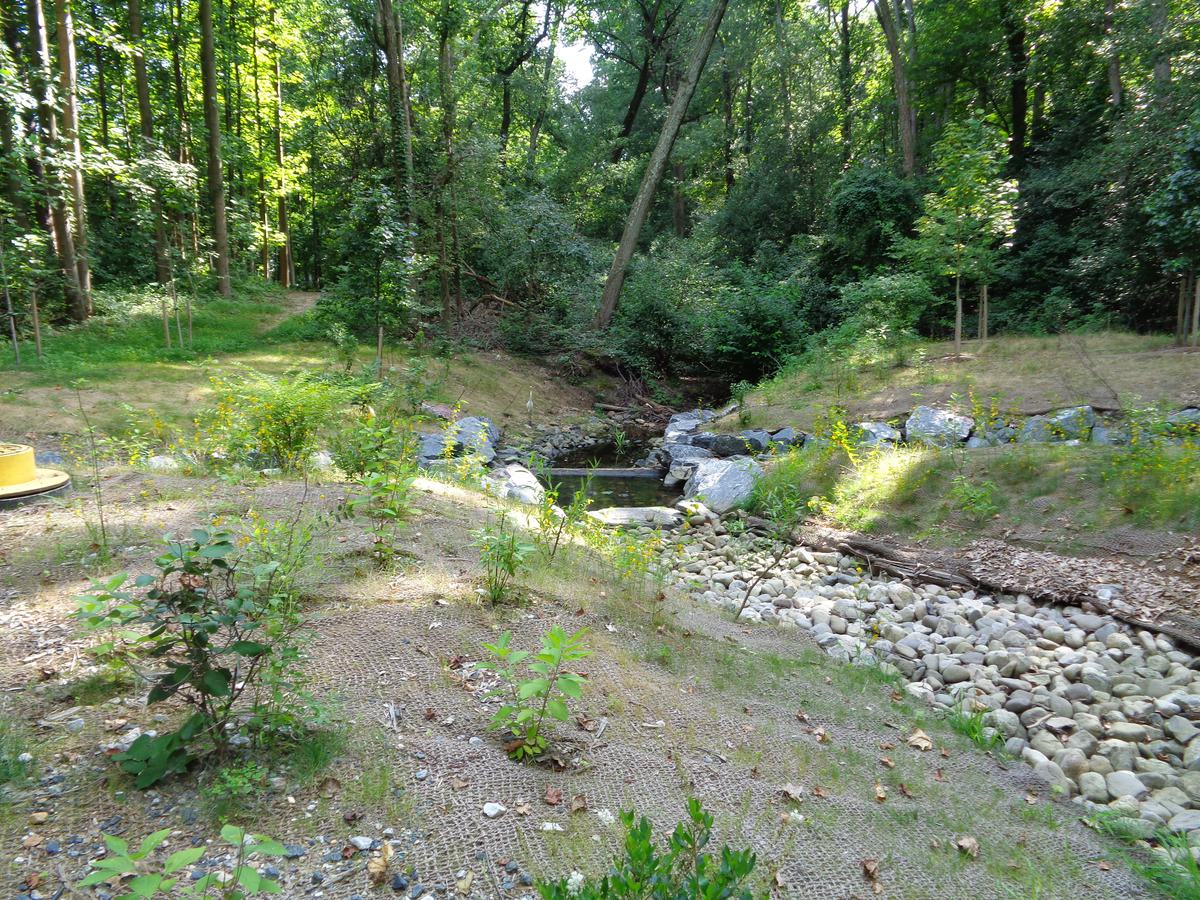
A protected asset after placement of in-stream grade control in Anne Arundel County. This control provides protection against pipe abrasion, impact damage, and sagging by keeping the pipe buried below the stream bed.

In Jefferson County (AL), we are restoring a stream bed with new geometry and grade controls to protect several exposed assets. Particle counts, such as the one pictured here, establish the size of stream bed material and allow us to classify the stream in terms of pattern and stability; in addition, this information determines how powerful the impaired stream flow is so as to inform the design of a stable condition.
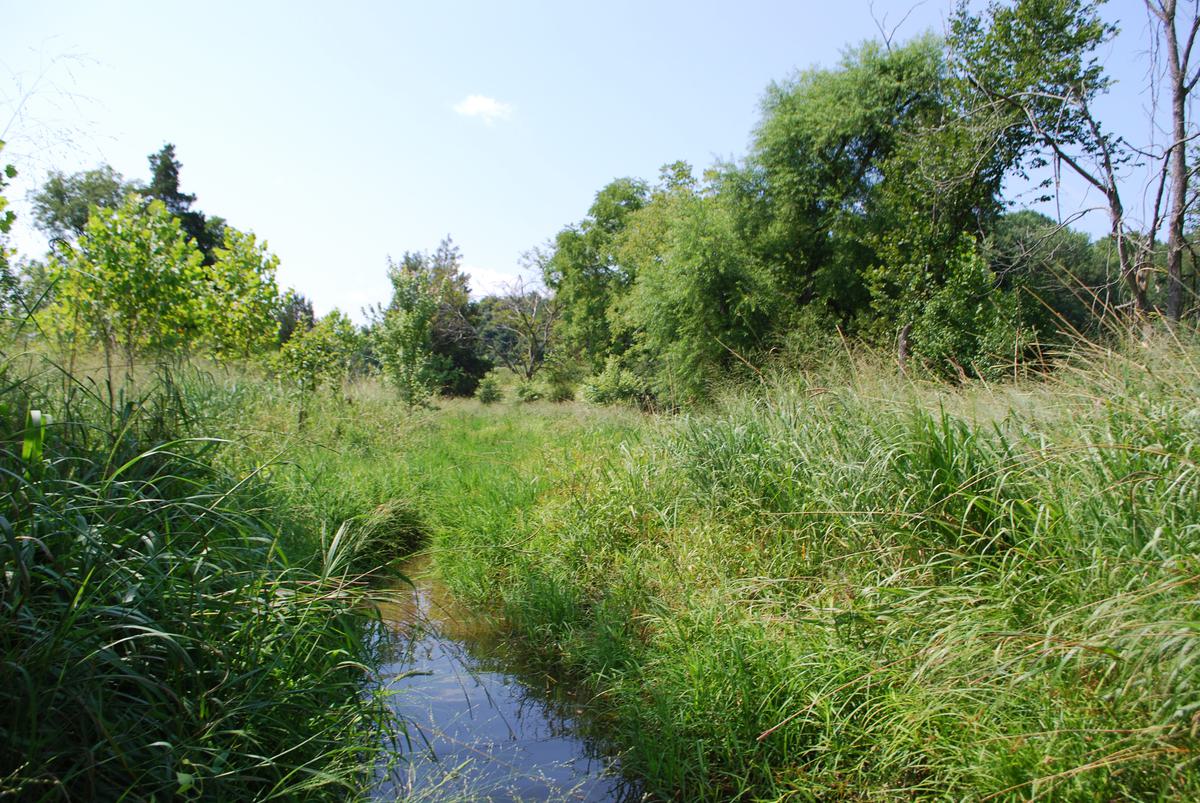
The Batchelors Run stream restoration involved geofluvial field evaluation, design, permitting and construction management services for 2,700 linear feet of incising eroding G4c stream on Maryland National Capital Park and Planning Commission (MNCPPC) land near Norbeck (MD).

In Rockville (MD), our stream restoration created three new temporal pool areas and increased the overall stream length by 20% without impacting existing wetlands.
